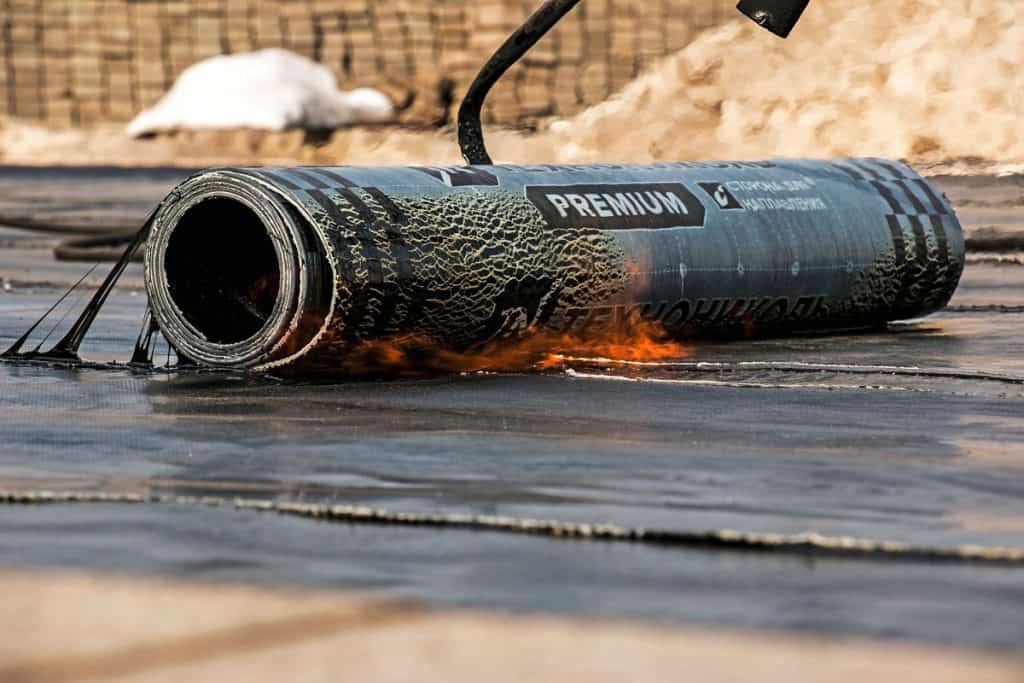A layer of protection, commonly known as roofing felt underlayment, roll roofing, or roofing tar paper is sandwiched between the roof deck and the shingles. It's also known as rood lining (roof lining), tarpaper, or tarpaulin.
Roofing felt is made up of a base that is composed of natural or manufactured materials (such as wood cellulose or fiberglass) and then coated or saturated with a protective coating such as bitumen (asphalt), which makes it waterproof. Flexible, resealable bags are ideal for goods that need to breathe. Water-resistant and waterproof sealants are used on different materials.
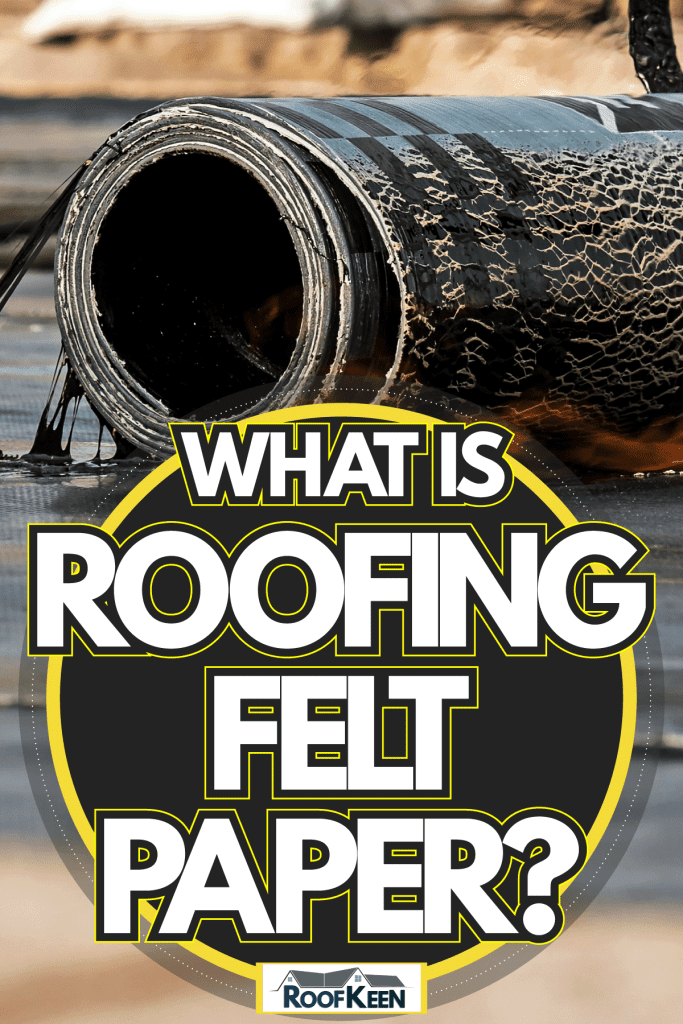
Why use roofing felt paper?
Adding a layer of protection between your structural roof decking and your roof shingles may improve the appearance and longevity of your roof. When it comes to protecting both you and your property, roof felt has several important benefits over other materials. For instance:
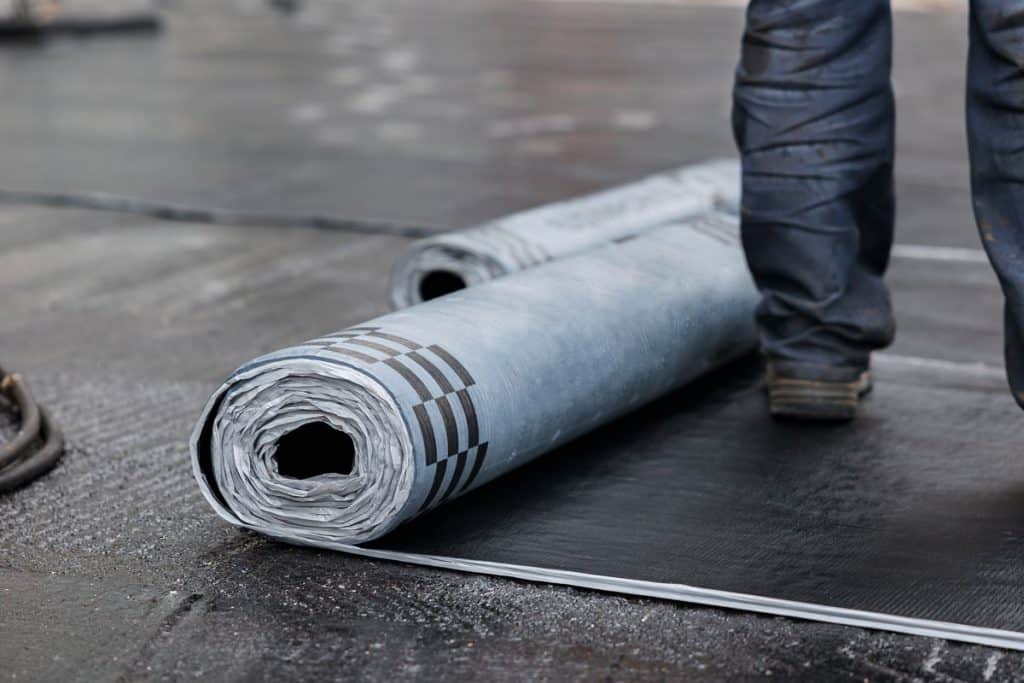
1- Water is repelled by it.
Water may accumulate beneath your shingles, putting your roof deck and interior home at risk of moisture damage, leaks, rot, and mold in the event of wind-driven rain or snowfall. Roof felt is a material that helps to prevent water from seeping into your home by keeping it off the roof.
2- It protects you in the event of ice or water damage by providing backup.
In the north, ice or snow dames are a typical source of home water damage. Melting snow or ice may seep into nooks and crannies in your roof, eventually reaching your property, causing ceilings, walls, and insulation to be damaged. The most dependable barrier to an ice dam is a membrane of ice and water protection that encircles the roof fasteners' shanks to ensure a leak-free connection. In the event of a leak, however, the roof felt acts as a second layer of water resistance.
3- It gives you more insulation.
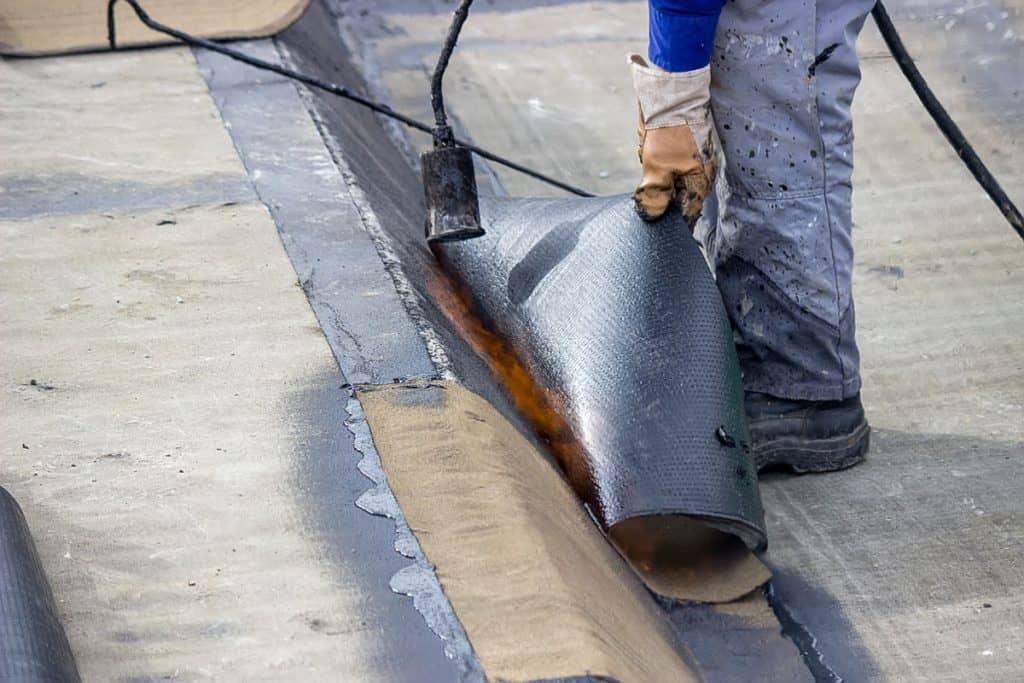
A second layer of weather protection beneath your shingles, while they are the roof's first line of defense against the elements, helps to extend the life of your roof deck. In the event of a significant weather occurrence, such as a hailstorm or heavy rain, your wood deck's shingles will likely fall. The roofing felt protects your wood deck from rain and water until you can replace the shingles in the case of a major weather event that causes your shingles to fall.
4- Roofs that require felt may be required to achieve a Class A fire rating when using your shingles.
It's also important to double-check the shingles' fire ratings on a small test deck with the roofing felt underlayment installed - without this underlayment, the shingles alone may not meet Class A fire requirements. Felt underlayments must be licensed and suitable for the shingles they are installed over. They must also adhere to building regulations. Look for industry standards such as the American Society of Testing and Materials (ASTM) or Canadian Standards Association (CSA) certifications on the product label to ensure that it is appropriate for its intended usage.
5- It keeps your roof deck safe while you're working on it.
Before or after shingles are installed, the deck may be exposed to the elements. Wind and rain would enter your property through gaps in your roof if you don't have the roofing felt.
6- It adds a good appearance.
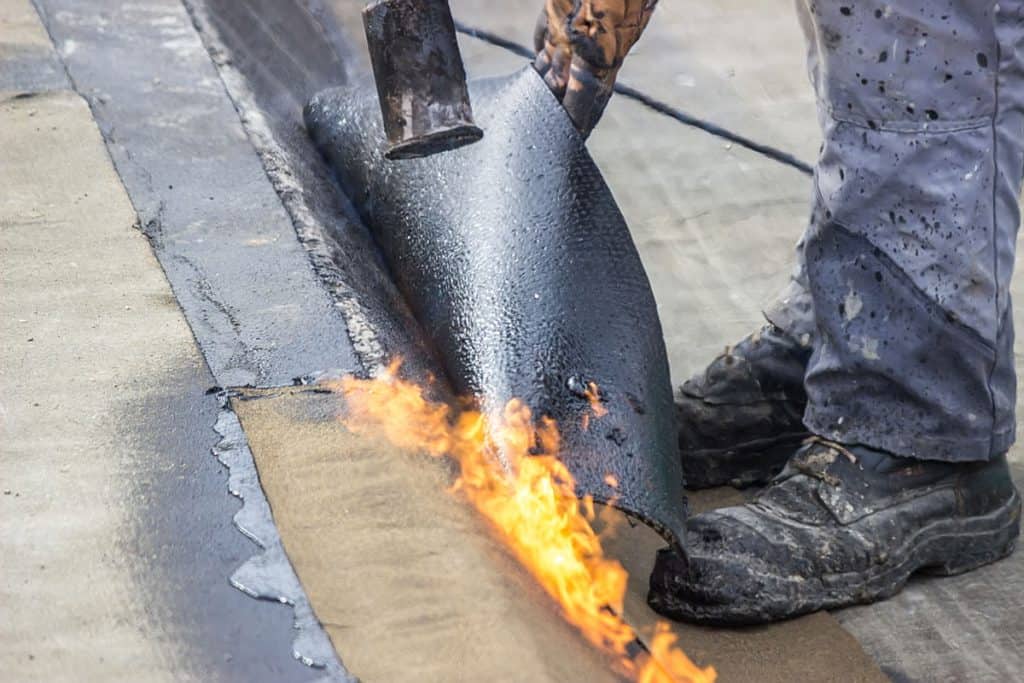
When installing your shingles, remember to cover the flat, level surface they expose with a layer of roof paper. Adding a board over uneven wood can prevent the "picture framing" effect.
Why Is Roofing Felt So Important?
Have you ever noticed the black paper on the roof after shingles were put next to a neighbor's work? Roof felt, often known as an underlayment or roofing tar paper is a thin sheet of material that lies between the roof deck and the shingles for added protection.
Underlayment, often made of fiberglass/polyester, is laid over the roof membrane. Finally, a waterproof bituminous cover is applied to seal it in place. The felt paper repels water while allowing air to pass through it.
Roofers realize that a protective barrier between the wood and shingles will extend the life of your roof, resulting in lower repair costs over time. Underlayment is used in a variety of ways, including:
- When your roof decking's shingles and wood become damp due to heavy rain or thunderstorms, they act as a water repellent. Humidity is something to be concerned about for any roof that has leaks, damage, or mold. Water will not seep into your house because the felt prevents water from seeping into your attic and dwelling.
- Roof felt may be a lifesaver in the case of severe weather, tremendous downpours, or snow. Even if a shingle is lost, the felt serves as an extra layer of roof deck protection and keeps water out. The underlayment will continue to function as a line of defense even if one of your shingles is damaged.
- Snow and ice have a tendency of accumulating in patches, thus preventing water from pooling and leaking through the decking to the roof where there is a lot of snow and ice. Roofs are susceptible to snow and ice d ams because when the water is trapped, it must evaporate somewhere, and since it was placed on top of your roof, it has only two options: The felt is a highly efficient heat conductor. The outside of the insulation is covered in arctic glass wool or cellulose fiber, which reflects radiant heat and minimizes convection heating.
- Roofs with a Class A fire rating are cheaper to insure. Roofing tar paper can raise the fire resistance of your roof, resulting in lower insurance premiums if you don't have it. The additional layer may give your roof a Class A fire rating. Roof felt is used to rate roof shingles. Your own roofing might not be able to achieve the Class A fire rating on its own. To pass the Class A fire requirement, your roof needs a foundation that is compatible with your specific shingle. If you have any concerns, contact your roofer to find out what type of shingles and felt paper he or she uses. The worldwide standard for quality is ASTM International.
- Have you ever seen a house where the roofers didn't come for weeks, maybe two weeks, before they laid shingles? If the wood deck is exposed to a lot of rain, snow, ice, or strong winds for an extended period of time, it may be destroyed. After the shingles are applied, the felt roofing paper protects them for about a month. You don't want wood rot, dampness, or mildew on a brand-new roof before the shingles have been put down.
- Gravel provides a more level foundation for the shingles to rest on, allowing them to settle in a more uniform manner. Most roof decking is purchased from a lumberyard and has minor flaws, therefore it isn't usually consistent. Larger notches or bumps on the roof can cause shingles to bind or sink. Underlayment helps the shingles adhere to a flat, level surface, resulting in greater consistency and fewer gaps.
